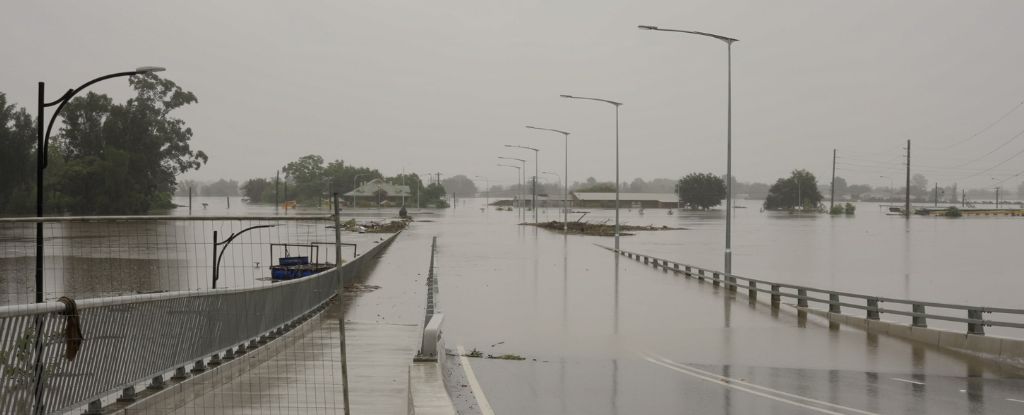[ad_1]
INCUS aims to directly explain why convection storms, heavy precipitation, and clouds occur exactly when and where they form. The survey stems from the 2017 Decennial Earth Sciences Survey of the National Academies of Sciences, Engineering, and Medicine, which presents ambitious but essential research and observation directions.
“In a changing climate, more precise information about how storms develop and intensify can help improve weather models and our ability to predict the risk of extreme weather conditions,” said Karen St. Germain, Director from NASA’s Earth Sciences Division. “This information not only deepens our scientific understanding of Earth’s changing processes, but can help inform communities around the world.”
Climate change is increasing the heat in the oceans and making it more likely that storms will intensify more often and faster, a phenomenon that NASA scientists continue to study.
Storms start with a rapid increase in water vapor and air that create towering clouds ready to produce rain, hail, and lighting. The greater the mass of water vapor and air that is carried up through the atmosphere, the greater the risk of extreme weather conditions. This vertical transport of air and water vapor, known as convective mass flow (CMF), remains one of the great unknowns of weather and climate. Systematic CMF measurements over the full range of conditions would improve the representation of storm intensity and limit high cloud feedbacks – which can add uncertainty – in weather and climate models.
INCUS’s principal investigator is Susan van den Heever from Colorado State University in Fort Collins. The mission will be supported by several NASA centers, including the Jet Propulsion Laboratory in Southern California, the Goddard Space Flight Center in Greenbelt, Maryland, and the Marshall Space Flight Center in Huntsville, Alabama, with key components of the satellite system that will be supplied by Blue Canyon Technologies and Tendeg LLC, both of Colorado. The mission will cost around $ 177 million, not including launch costs. NASA will select a launch vendor in the future.
NASA’s Earth Venture program consists of low-cost, science-driven, competitively-selected missions / surveys. This program provides opportunities to invest in innovative science to improve our ability to better understand the current state of the Earth system and to further improve predictions of future changes. Earth Venture’s current program includes comprehensive missions, satellite instruments for opportunity flights, instruments for the continuity of earth science data logging and sustained suborbital surveys.
For more information on NASA’s Earth Sciences programs, visit:
https://www.nasa.gov/earth
[ad_2]




